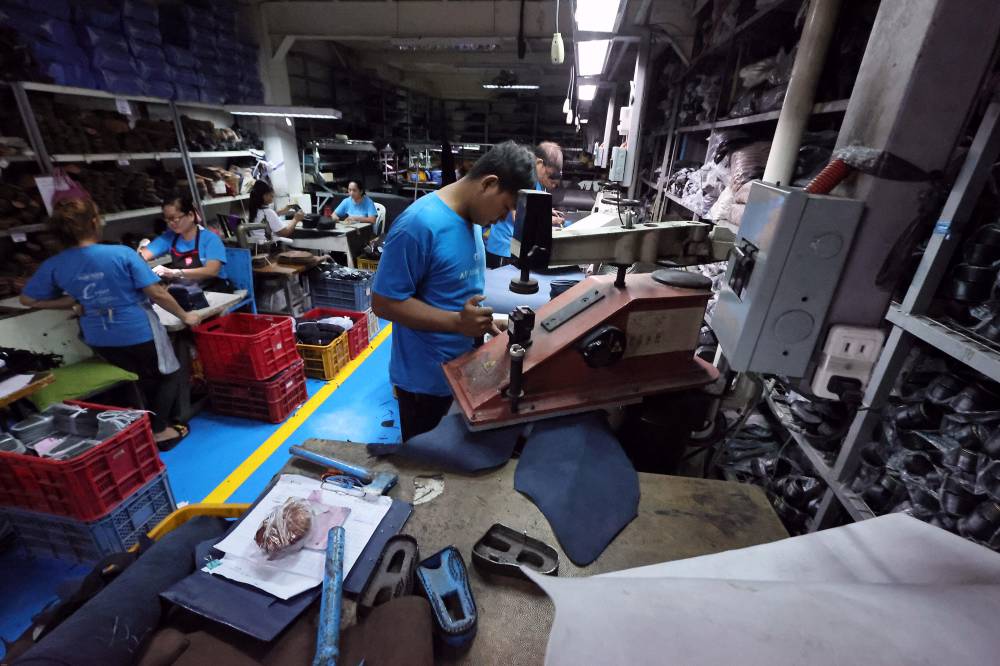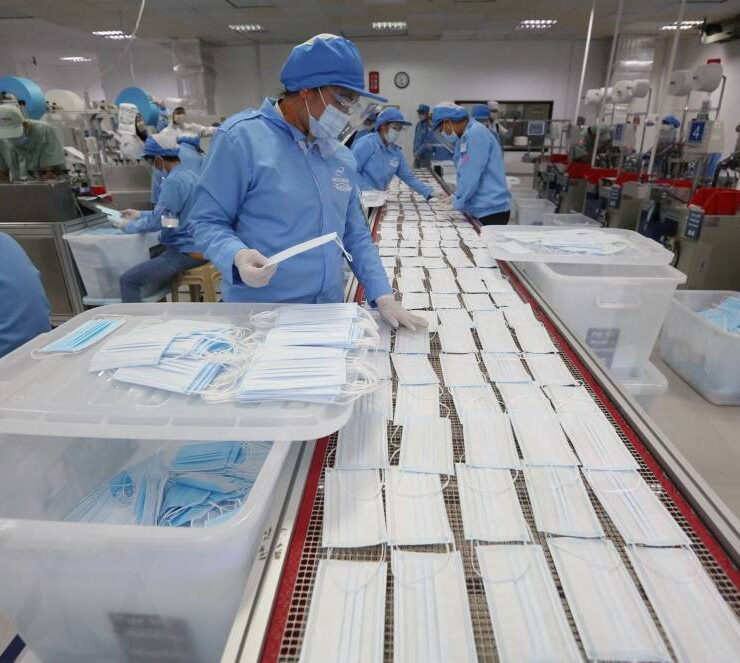PH manufacturing came back to life in April

Philippine manufacturing activity made a solid comeback in April after posting a robust growth in both output and input-buying, thanks to the seasonal boost ahead of the midterm elections.
But Filipino producers were less optimistic about demand conditions once the polls were over, sinking their confidence level to post-pandemic low.
A survey of around 400 companies showed the Philippines’ Purchasing Managers’ Index (PMI)–a measure of factory performance–rose to 53 in April from 49.4 in March, S&P Global said in a report released on Friday.
Growth mode
The latest PMI marked a return to growth mode, settling above the 50-mark that separates expansion from contraction.
Maryam Baluch, economist at S&P Global Market Intelligence, said the surge in economic activities ahead of the midterm elections in May helped grease the gears of factory machines.
“The Filipino manufacturing sector commenced the second quarter of the year on a solid note, experiencing renewed growth in output and new orders, alongside an increased level of purchasing activity,” Baluch said.
“Encouragingly, inflationary pressures also remained contained and historically subdued,” she added.
Survey data showed the growth of new orders and output–the two largest components of the PMI–were “sharp and the most pronounced in the year-to-date.” S&P said this performance was driven by new client acquisitions and the upcoming election.
Despite the stronger domestic demand, inflationary pressures were “only modest,” and some factories just absorbed their costs to stay competitive.
Confidence takes a hit
But international demand for Filipinos goods remained broadly stagnant for the second straight month in April. The seasonally-adjusted new export orders index was unchanged from the previous month, printing just below the neutral 50 mark.
Nevertheless, the higher output had prompted manufacturers to increase their buying activity to keep their production going. S&P said some companies reported bulk buying, which allowed them to build their inventories of inputs.
Despite the brisker manufacturing activity, survey results showed companies were able to manage their workload, leading to steady employment levels. But Baluch said companies have also shown caution in expanding their workforce as they adopt a less optimistic outlook.
While firms remained hopeful that output will rise over the coming 12 months, the level of confidence slumped to the second-lowest on record, only behind the survey-low seen at the onset of the pandemic in March 2020.
“Some respondents indicated that the rise in activity during April was partially influenced by the upcoming elections, suggesting that post-election, customer demand may be less buoyant,” Baluch said.





















